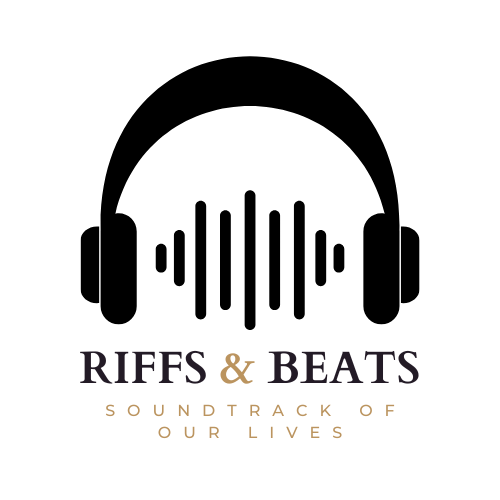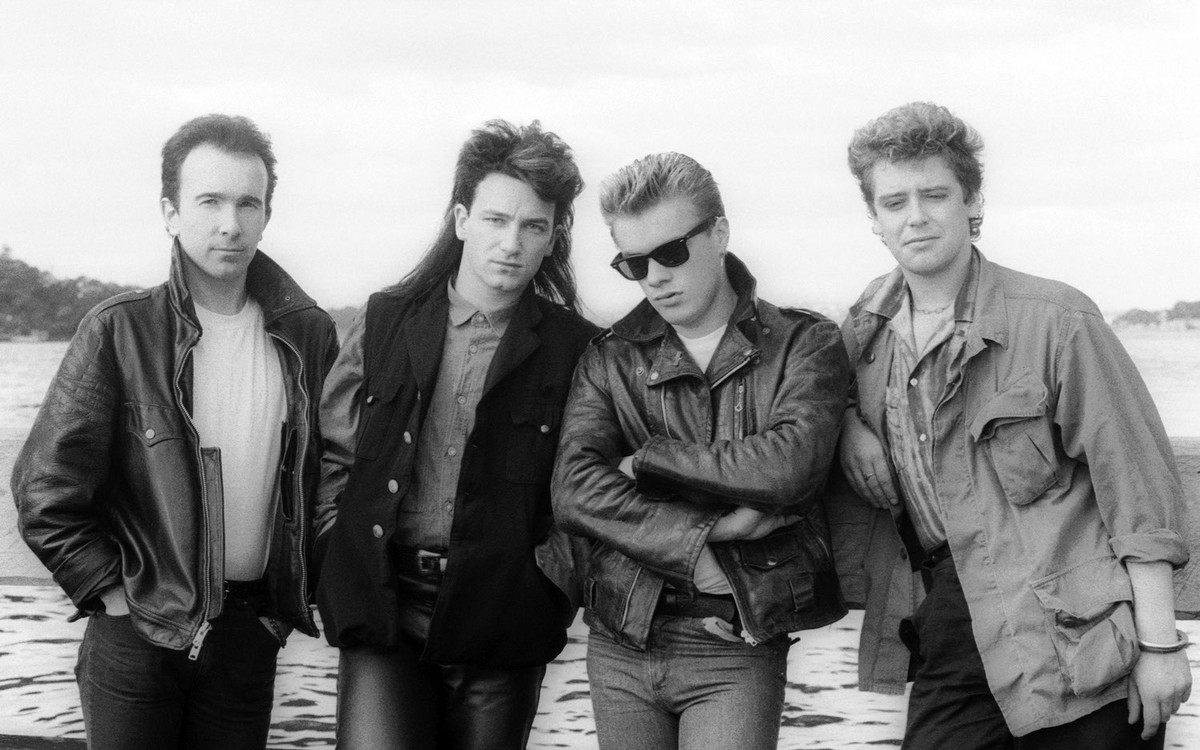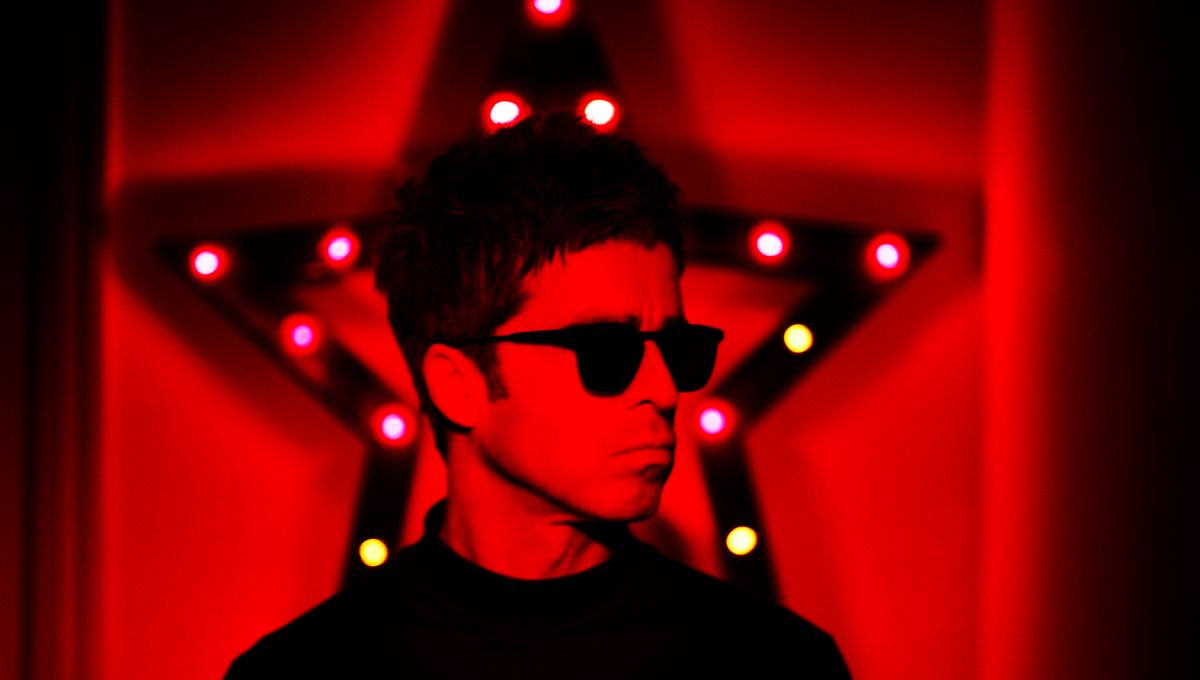Townshend’s gospel according to rock
Tommy exploded onto movie screens in 1975 like a magnificent nightmare stitched together with Marshall stacks and messianic undertones. Actually six years before, when Pete Townshend sat down in a spiritual crisis and started writing an album mixing rock music with metaphysics, childhood trauma, and deaf-mute prophets, the project started. The outcome was Tommy, the 1969 rock opera that transformed The Who from Mod gods into something far stranger. Adapting it for movies, though, was a whole different beast. Enter Ken Russell, British cinema’s most flamboyant agent of disorder, and everything grew louder, weirder, and far more melted.
Unlike most rock albums made into movies, Tommy was more than just a background for a band’s pride. It was a total makeover. Though ridiculous on paper, the narrative of a boy who goes blind, deaf, and mute following a terrible incident only to emerge as a pinball-playing cult leader was sublime in realization. Russell burst the movie rather than direct it. From Ann-Margret writhing in baked beans to Elton John soaring above a stadium in two-foot platform boots, the images were as strong and overpowering as the music itself.
Using a combination of The Who and guest performers, Townshend re-recorded the whole album. Tina Turner, Eric Clapton, and Jack Nicholson all jumped into the frenzy to bring additional textures and surreal deviations. Stepping out as Tommy himself, Roger Daltrey gave a performance that was both legendary and surprisingly down-to-earth, even when surrounded with fire, acid, and infinite television screens. Though somehow it never lost its emotional centre, the film was a victory of style above narrative.
Growing up with the Beatles and Hendrix, Tommy mirrored the concerns and delusions of a generation only to find themselves hidden under Nixon, strikes, and disillusionment. Its spiritual topics connected into the increasing interest in Eastern mysticism, psychotherapy, and self-help but filtered all that through a broken mirror of British camp and post-psychedelic extravagance. It wasn’t gentle, but then again neither was the earth in 1975.
Tommy is a bold, imaginative, and sometimes stunning attempt to visualize the Who’s rock opera of the same name.
(Vincent Canby, New York Times, 1975)
The music was at the core of everything. Townshend’s compositions had always conveyed an opera tension, and here with the graphics set at eleven they reached nearly sacred. From Amazing Journey to I’m Free to the unwavering Pinball Wizard, the movie revived the songs rather than simply accompanied them. Tommy was not meant to make sense. It was meant to mean, and in so doing it caught a odd, particular kind of 70s reality.
The inheritance of Tommy is convoluted. It was financially successful, artistically bold, and fiercely divisive. It helped redefine what rock cinema could be, influencing everything from Pink Floyd: The Wall to Velvet Goldmine. It confirmed The Who as mythmakers rather than simply musicians. And it reminded everyone that rock, when it dared to be absurd and moral at the same breath, may create worlds worth getting lost in.





